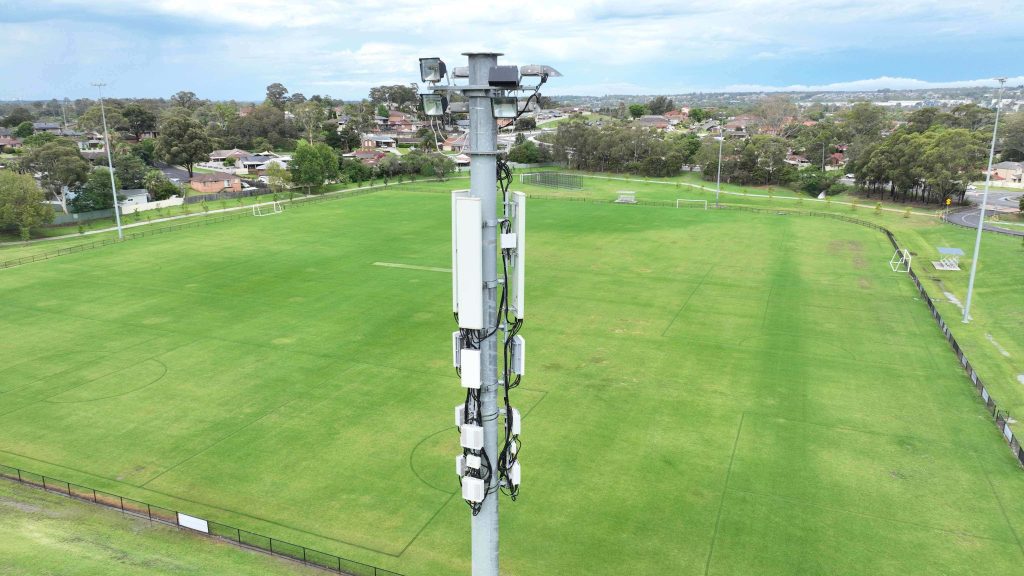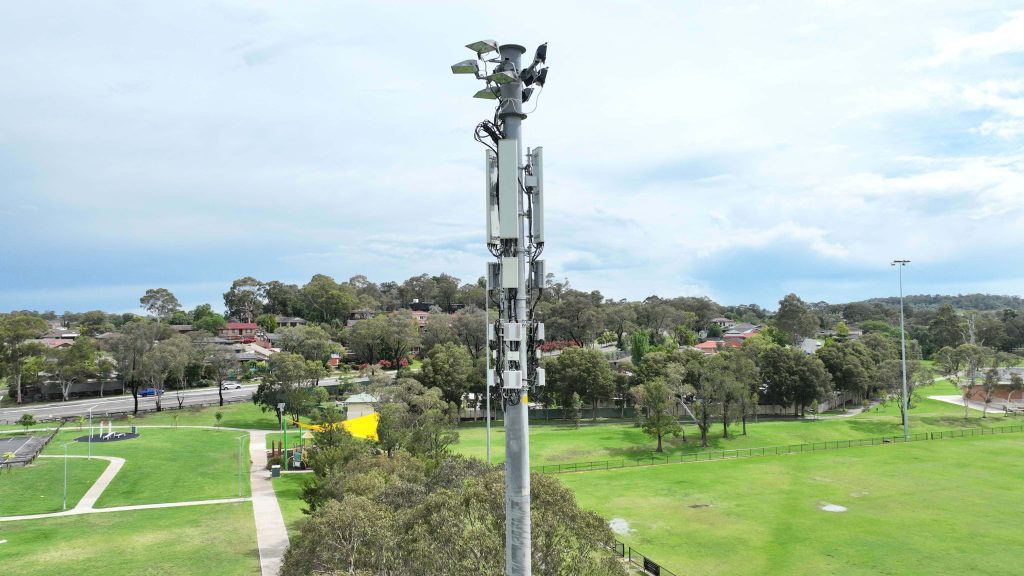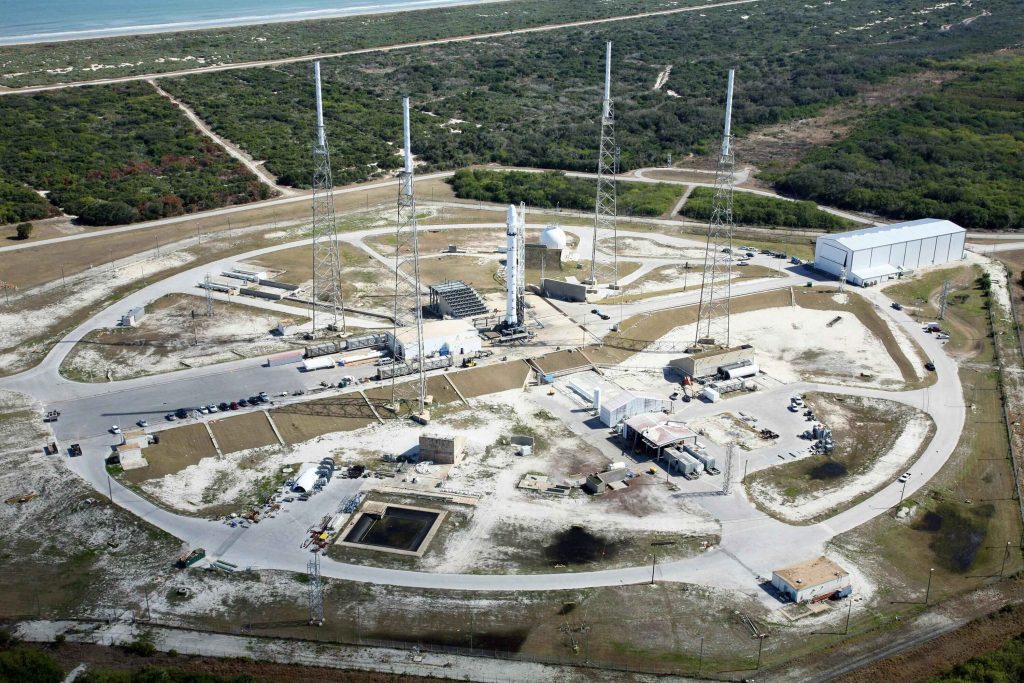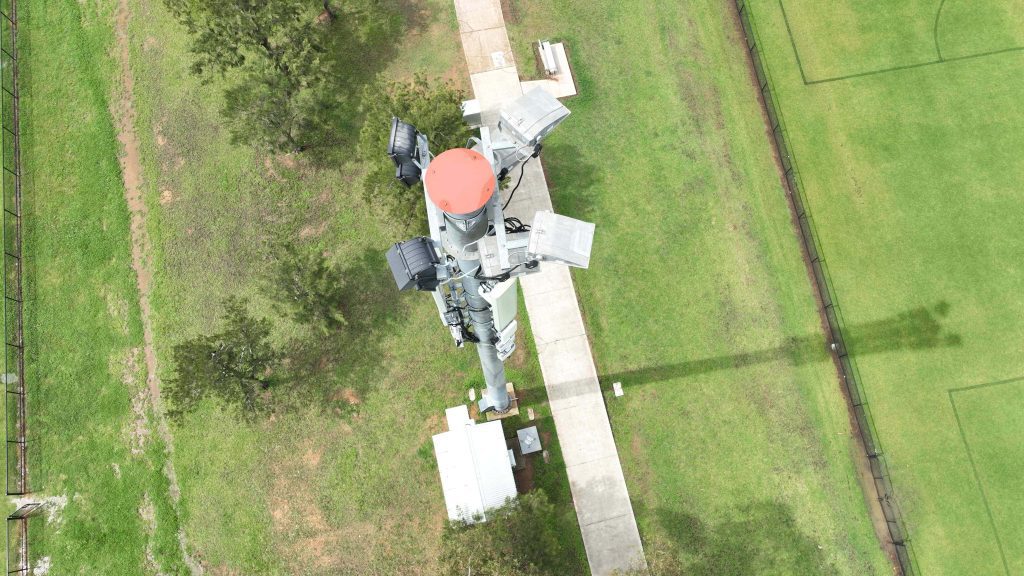Today the growth of technology in the world, drone inspection has emerged which can transform solutions for utility pole assessments. This technique is not only for enhancing safety but it can also improve their efficiency and data collection accuracy.
To be a business like Upload Enterprise, which specializes in drone photography and videography services in Sydney. The advantage of drone technology for utility pole inspection can transform operations significantly.
This blog can show how drones can inspect the pole inspection.
How Drones Can Be Required For Utility Pole Inspections
The utility poles are important for the electrical and telecommunication infrastructure. There is a necessity for daily inspection to ensure their integrity and reliability.

Traditional inspection methods can involve climbing poles or using a bucket truck. There is a significant safety risk, time consuming and costly.
When there is a requirement for safer, faster, and more quick solutions that led to the adoption of drone technology in utility pole inspections.
The Advantages of Drone Technology in Pole Inspection

1. Enhanced Safety
This is one of the most important reasons for using drones in pole inspection for safety improvement.
Drones can eliminate the need for people to climb poles or work at heights, particularly reducing the risk of falls and injuries.
Drones can easily reach their dangerous location like as steep slopes or adverse weather conditions without taking worker risk.
The drone operator can perform inspections from a safe distance. The operator can allow for monitors and assess the condition of poles without being physically present in dangerous conditions.
2. Using Drones increases efficiency and their cost-saving
When using drones can reduce the time required for pole inspections.
Drones can inspect multiple poles in a single time that take from the ground crew. They can enable utility companies to cover large areas quickly.
It can reduce the need for expensive tools such as helicopters and also reduce the labor costs associated with ground crews. Drone inspection can be an alternative with less costly.
Drone inspections can take less efficiency and allow more frequent assessments which can lead to proactive maintenance strategies which can prevent costly outages and repairs.
3. Drones can Collect the Best Data and Analysis
Drones have prepared with the advances in imaging technology that capture high-resolution images and data that provide a clear view of utility poles.
Today the latest drones have High-definition cameras and sensors that identify issues quickly like cracks, decay, and vegetation encroachment. The manual inspection can be missed.
Some drones can capture 3D maps of inspection areas. It can offer utility companies of detailed overview of their assets and surroundings.
Using AI that can analyze the drone capture data allows for automated detection of potential issues. This can make it take faster decision-making and prioritization of maintenance.
Rules and Regulations for Drone Operations in Sydney
In Australia, drone operations can be performed with the regulation of the Civil Aviation Safety Authority (CASA). The regulations are important for safe and legal drone inspections. Here are some regulations to consider when flying drones:
- When you operate a drone for commercial purposes that can require a Remote Pilot License (RePL) and an operator’s certificate (ReOC).
- They can’t be flown over populated areas or within 30 meters of people, even if permission is granted. You must have flights conducted during the daylight and in perfect weather conditions.
- In Sydney, drones can’t fly above 400 feet(123 meters) from ground level.
- The drone operator can follow regulations given by the Australian government. They must maintain a visual line of sight with the drone and their compliance to reduce risks.
Every drone service provider that can understand this above regulation that important. Upload Enterprise which can ensure compliant operations when providing drone inspection services.
The Future Trends in Drone technology for utility pole Inspections in Sydney
Drone technology can grow continuously, and the ability of drones that expected to expand. It can improve their application in utility pole inspections.

1. Improvement in the Drone Technology
In the future, the features of drones can be improved in battery life as well as payload capacity. It can allow for longer inspection missions without requiring frequent recharging.
It can be built with the latest sensors like LiDAR and thermal imaging. It can captured with more detailed assessments of utility poles and surrounding infrastructure.
In the future, drones can be innovations in autonomous flight technology. It can allow them to perform inspections with minimal human intervention to increase their efficiency and safety.
2. The demand For Drone in the Market is high Grow
There is a high demand for drone inspection in many sectors which is expected to rise as more companies recognize their advantage of this technology.
Many companies use drone technology to improve their inspection process. There is a leading provider of drone services in the competitive market.
The organization wants to strive and reduce its carbon footprint with an environmentally friendly nature of drone inspection. It can require less fuel and fewer resources which makes it a more attractive option.
Conclusion
The combining of drone technology with utility pole inspections can represent the advancement in the field of infrastructure management. The upload Enterprise provides drone photography and videography services in Sydney. They can adopt the new innovative approach that leads to safer more efficient and cost-effective solutions.
The benefits of drone inspection that improved safety, increased efficiency, best data collection, and keeping with regulations. The company can utilize this to improve its asset management strategies to ensure the reliability of its services.
When looking for the future, the evolution of drone technology promises great benefits for the utility sectors like the way of having a more efficient approach to infrastructure inspections. This change can improve operational capabilities and contribute to a more sustainable and reliable utility network in Sydney.
